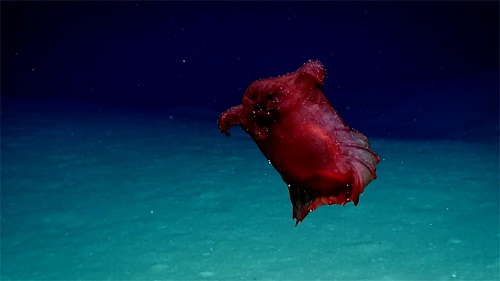
There has been a major turn in Antarctica’s big crack cutting across the Larsen C Ice Shelf. New updates from researchers from Swansea University and Aberystwyth University in Wales who are currently working with Project MIDAS show that the crack grew 11 miles in just 6 days between May 25 and May 31. These researchers are analyzing the shelf with the help of satellite images and other techniques. According to researchers, the crack now has just 8 miles to go before an iceberg about the size of Delaware breaks free into the Southern Ocean.
“There appears to be very little to prevent the iceberg from breaking away completely,” the researchers write, revealing that the crack has now curved towards the front of the ice shelf and the ocean.
“When it calves, the Larsen C Ice Shelf will lose more than 10 per cent of its area to leave the ice front at its most retreated position ever recorded; this event will fundamentally change the landscape of the Antarctic Peninsula,” write the Project MIDAS team.
“We have previously shown that the new configuration will be less stable than it was prior to the rift, and that Larsen C may eventually follow the example of its neighbour Larsen B, which disintegrated in 2002 following a similar rift-induced calving event.”
“The rift has propagated a further 16km, with a significant apparent right turn towards the end, moving the tip 13km from the ice edge,” said Swansea University’s Prof Adrian Luckman.
The calving of the berg could now be very close, he told BBC News.
However, nothing is certain according to Prof Luckman, who suggests that it is unlikely that the calving of the icerberg would be fast “because the Weddell Sea is full of sea-ice”. He however thinks that “it’ll certainly be faster than the last few months of gradual parting”.
“It will depend on the currents and winds,” explained Prof Luckman.
